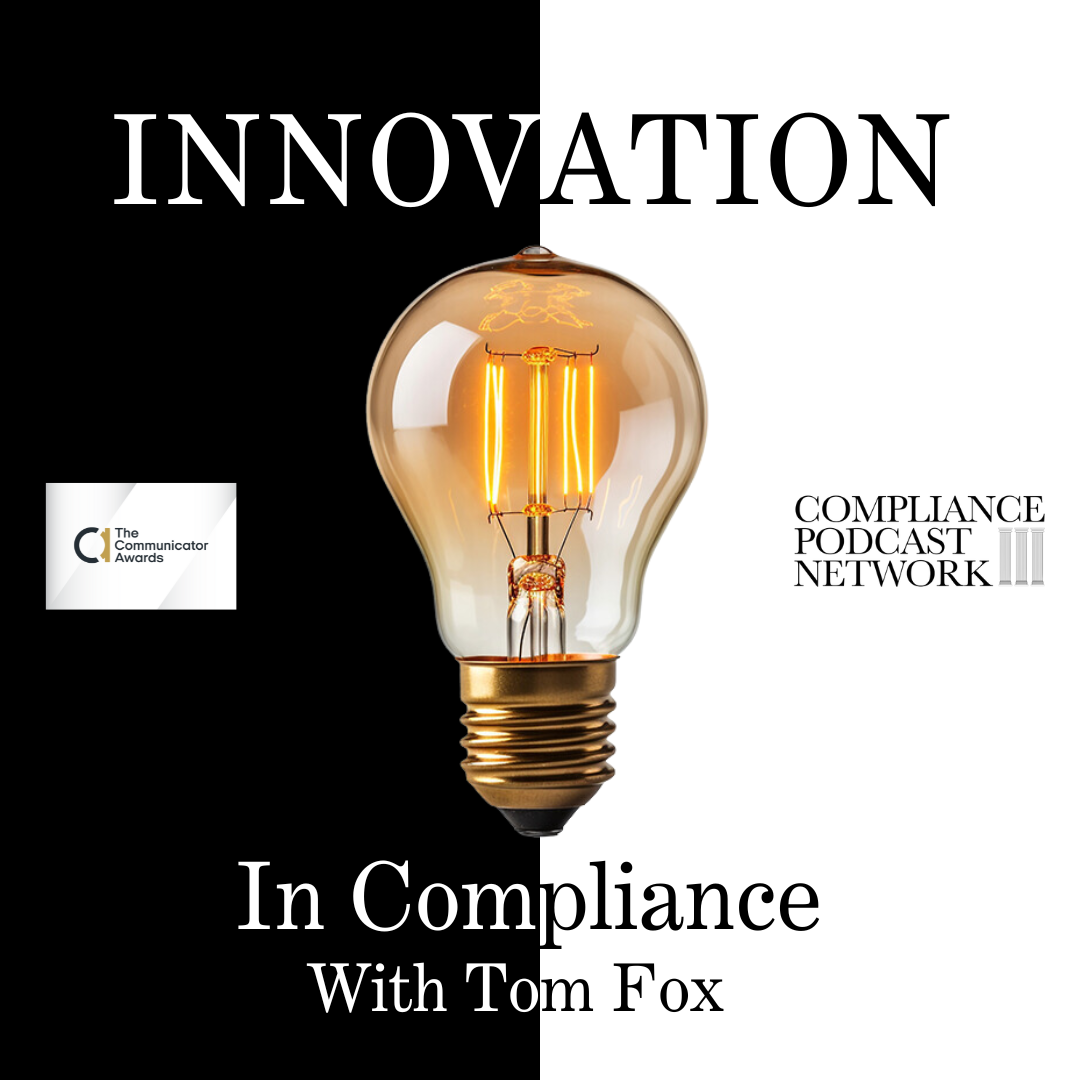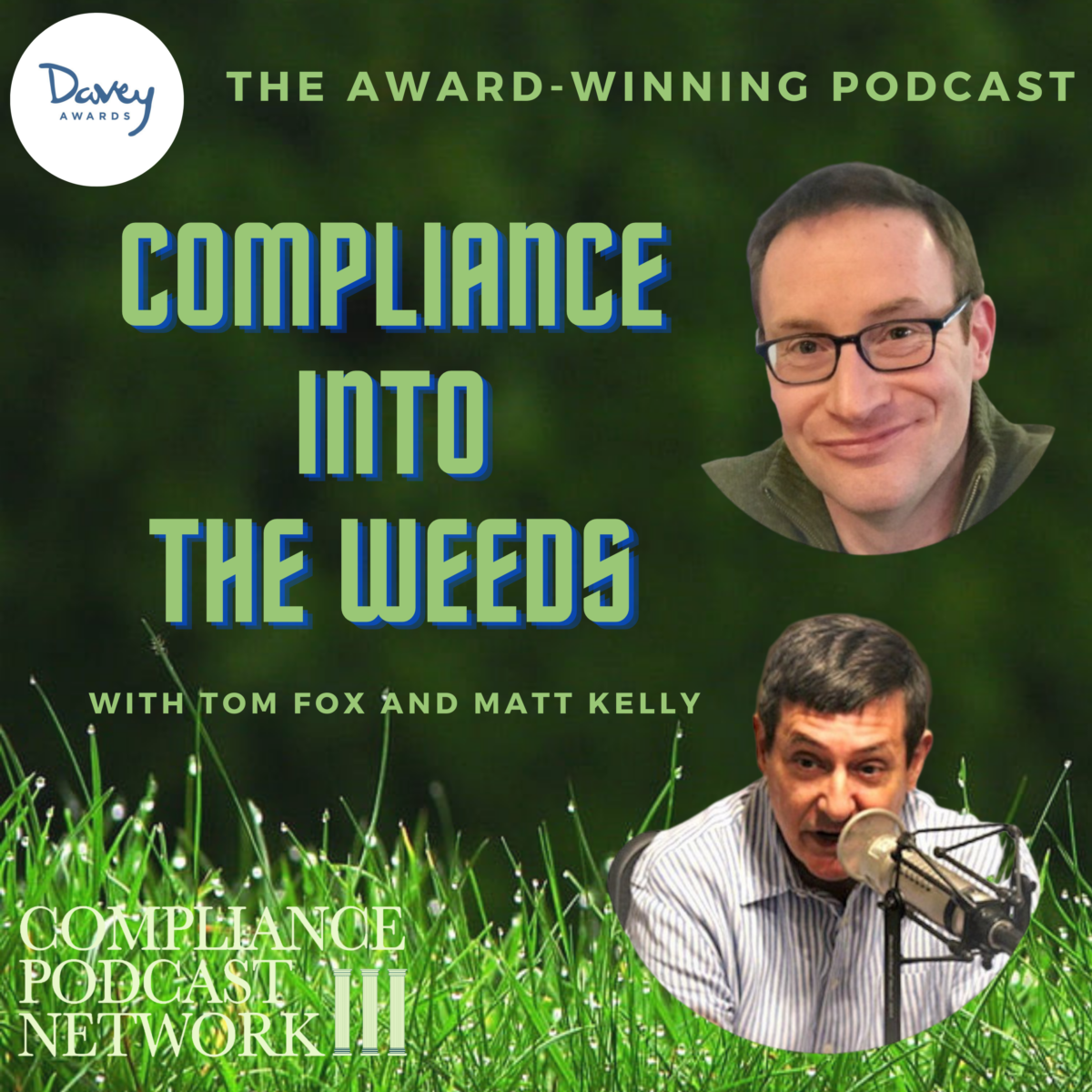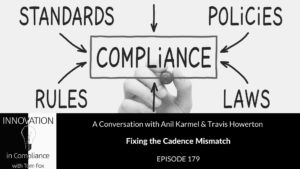Innovation comes in many areas and compliance professionals need to not only be ready for it but embrace it. Join Tom Fox, the Voice of Compliance, as he visits with top innovative minds, thinkers, and creators in the award-winning Innovation in Compliance podcast.
In this episode, Tom welcomes back, Travis Howerton, a co-founder of RegScale, the sponsor for this episode, to take a deep dive into automating compliance solutions for the digital transformation of compliance.
Howerton advocates for the integration of automation in compliance to keep pace with rapid technological advancements, thereby maintaining competitiveness and efficiency. Through digitizing regulations by using the latest standards and forming strategic partnerships, Howerton and RegScale are transforming traditional compliance from a manual, burdensome task into an automated, streamlined process, thereby redefining the role of compliance professionals as key contributors to secure and innovative operations.
We discuss the three pillars of cybersecurity: confidentiality, integrity, and availability. While much focus is placed on safeguarding confidentiality to protect sensitive information, the speaker highlights that integrity issues pose a significant threat, particularly in sensitive industries like healthcare and critical infrastructure. Compromised integrity can lead to dire physical consequences, making it the most concerning aspect of cybersecurity.
Key Highlights:
- Introduction to Cybersecurity’s Three-Legged Stool
- Focus on Confidentiality in Cybersecurity
- The Critical Importance of Data Integrity
- Real-World Implications of Integrity Issues
- The Sleepless Nights of a Cybersecurity Analyst
Resources:
Travis Howerton on LinkedIn
Tom Fox







